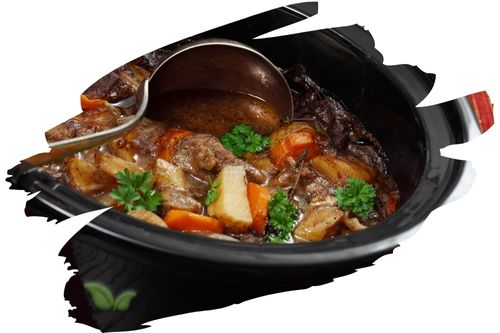
Wasabi vs. Horseradish: A Spicy Showdown
Are you ready to dive into the spicy world of Wasabi vs. Horseradish? These two condiments might look similar, but they bring their own distinct flavors and uses to the table. In this article, we'll explore the key differences between Wasabi and Horseradish, discuss their applications, and provide insights that will help you make the right choice for your culinary adventures. Let's embark on this flavorful journey!
A Fiery Introduction
Before we delve into the details, let's understand the basics. Both Wasabi and Horseradish are pungent condiments known for their ability to add a kick to various dishes. While they share this common trait, their origins, flavors, and appearances differ significantly.
Wasabi vs. Horseradish: The Visual Clash
When it comes to visual identification, Wasabi and Horseradish can be easily distinguished. Wasabi is typically bright green and often served as a paste. On the other hand, Horseradish is white and is usually found as a grated root. These differences in appearance hint at their distinct characteristics.
Flavor Face-Off
The most crucial aspect of the Wasabi vs. Horseradish debate is their flavor profiles. Let's take a closer look at each contender's taste.
Wasabi: The Gentle Heat
Wasabi offers a unique and gentle heat that tingles the taste buds without overwhelming them. It has a subtle sweetness and freshness, making it a favorite choice for sushi lovers. Its flavor dissipates quickly, leaving behind a pleasant aftertaste.
Horseradish: The Robust Bite
In contrast, Horseradish packs a robust punch with its sharp, spicy flavor. It can bring tears to your eyes and clear your sinuses due to its intense heat. Horseradish's flavor lingers longer on the palate compared to Wasabi, making it a suitable companion for roast beef and sandwiches.
Culinary Applications
Now that we've explored their flavors, let's discuss how Wasabi and Horseradish are used in the culinary world.
Wasabi in Japanese Cuisine
Wasabi is an integral part of Japanese cuisine, often served alongside sushi and sashimi. Its mild heat enhances the flavors of raw fish and rice, creating a harmonious dining experience.
Horseradish in Western Dishes
Horseradish finds its place in Western cuisine, particularly as a condiment for roast beef and seafood. Its bold flavor cuts through the richness of these dishes, providing a delightful contrast.
Fusion Fun
In today's globalized culinary landscape, chefs often experiment with combining these two condiments to create unique flavor profiles. The fusion of Wasabi and Horseradish can result in exciting and innovative dishes that cater to diverse palates.
Wasabi vs. Horseradish: FAQs
1. Which is hotter, Wasabi, or Horseradish?
Wasabi has a gentler heat compared to the intense spiciness of Horseradish. So, if you prefer milder spice, go for Wasabi.
2. Can I substitute Horseradish for Wasabi in sushi?
While it's not traditional, you can use Horseradish as a substitute for Wasabi in sushi. Just be prepared for a more robust kick!
3. Are there any health benefits associated with Wasabi and Horseradish?
Both condiments are known for their potential health benefits, including antioxidant and anti-inflammatory properties. However, this article focuses solely on their culinary aspects.
4. Can I grow my own Wasabi or Horseradish at home?
Yes, you can grow both Wasabi and Horseradish in your garden. However, they have specific growing requirements, so do your research before planting.
5. Are there any famous dishes that feature Wasabi or Horseradish?
Wasabi is famous for its role in sushi, while Horseradish shines in dishes like roast beef sandwiches and cocktail sauce.
6. Which one should I choose for my next culinary adventure?
Your choice depends on your taste preferences and the type of cuisine you're preparing. Experiment with both to discover your favorite!
Conclusion
In the Wasabi vs. Horseradish showdown, there's no clear winner. These condiments offer unique flavors and serve different culinary traditions. Whether you opt for the gentle heat of Wasabi or the robust bite of Horseradish, they both have a place in the world of gastronomy. So, next time you're in the mood for some spice, remember the distinctions between Wasabi and Horseradish, and choose wisely!
Alert: While spices can have many beneficial properties for health, using them for medical purposes should be done under the guidance and supervision of a healthcare professional or specialist. Some spices may interact with medications or cause adverse reactions in certain individuals, and it is important to use them safely and appropriately. If you are considering using spices for a medical condition, it is important to consult with a healthcare professional before doing so.




















































